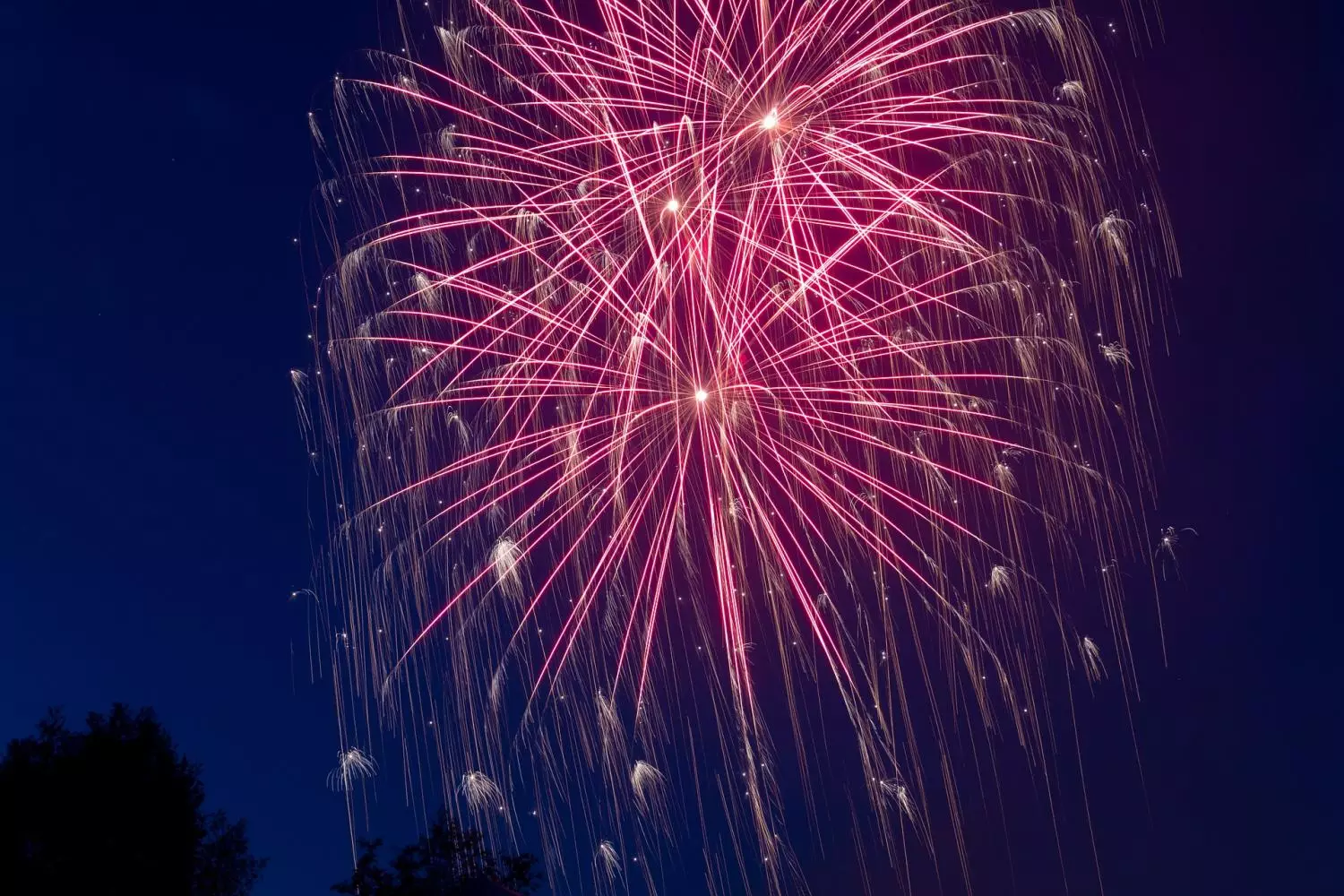As the Fourth of July approaches, the excitement in Utah is palpable. The skies, once again, will be filled with the exuberance of fireworks, a tradition that echoes the spirit of independence and celebration. However, beneath the sparkle and the noise lies a troubling reality that many Utahns might overlook: the significant impact of fireworks on air quality. A recent study conducted by Brigham Young University (BYU) sheds light on an alarming concern — the particulate matter released during fireworks can exacerbate air pollution, posing substantial health risks to individuals and communities.
Byproducts of Celebration: The Science of Particulate Matter
The research, led by geology professor Greg Carling, meticulously analyzed the health ramifications associated with fireworks. The findings are sobering. Particulate matter, particularly the hazardous PM2.5, is found to elevate during the explosion of fireworks. This fine particulate matter comprises dust, metals, smoke, and other harmful pollutants capable of infiltrating deep into the respiratory system. Such particles can elevate the risk of diseases, including asthma and cardiovascular problems, which highlight the trade-off between festivity and health.
Over a span of two years, Carling and his team utilized air samplers to study the composition of various particulate sizes. The result? An alarming correlation between fireworks and elevated levels of trace metals in the air. Fireworks were found to emit high concentrations of harmful elements like barium and copper. This raises pertinent questions about public safety during periods of celebration. Carling’s statement that “we know we’re breathing in these particles that are unhealthy during firework events” serves as a stark reminder of the unseen dangers witnessed during these displays.
The Hidden Journey of Harmful Metals
What makes this situation even more unsettling is the persistence of trace metals. As Carling highlighted, airborne metals can transition into soil and water, ultimately finding their way back into our food systems. This ongoing cycle complicates health assessments and demands a proactive approach in monitoring air quality during firework use. While we often focus on immediate health issues linked to exposure, the chronic problems tied to long-term exposure to these harmful elements remain largely unexplored.
The study noted that the peak pollution periods coincide precisely with the grand firework displays in July and the winter inversion events. It raises an essential dialogue about the need for better understanding of the chronic health effects of such exposures, highlighting that while acute impacts are often acknowledged, the far-reaching consequences require more nuanced research.
Room for Improvement: Regulation and Responsibility
Despite existing drinking water standards aimed at protecting public health in Utah, the absence of similar air quality standards for harmful metals poses a significant gap in community health safety. This oversight shines a light on the need for policy reform, calling for heightened awareness around air quality during firework events. Simply put, government regulations must evolve to include comprehensive air quality metrics that address these particulate matters to safeguard public health effectively.
Carling’s research provides policymakers with valuable insights to guide legislation that could lead to more responsible firework usage and safer communities. While personal fireworks displays continue to be popular, the recommendation to opt for city-run fireworks events emerges as a crucial approach towards reducing individual contributions to air pollution. This shift could lead to collective celebrations that minimize health risks while still retaining the joy of the occasion.
Empowering Individuals with Knowledge
As citizens, it is imperative to understand our role in mitigating health risks associated with fireworks. By exercising prudently during poor air quality days — choosing to stay indoors or relocating to areas with better air quality — individuals can take tangible steps to shield themselves from exposure. Public education campaigns designed to raise awareness about the pollutants emitted during firework celebrations can empower citizens to make more informed choices.
With evidence emerging from Carling’s study, the necessity of balancing tradition with health becomes increasingly clear. While independence celebrations are steeped in tradition and excitement, it is essential to approach them with a heightened sense of responsibility. The goal should not only be to light up the sky but to do so in a manner that does not compromise the air we breathe. As the celebration approaches, individuals and communities alike should reflect on the implications of fireworks and choose paths that foster both joy and well-being.


Leave a Reply